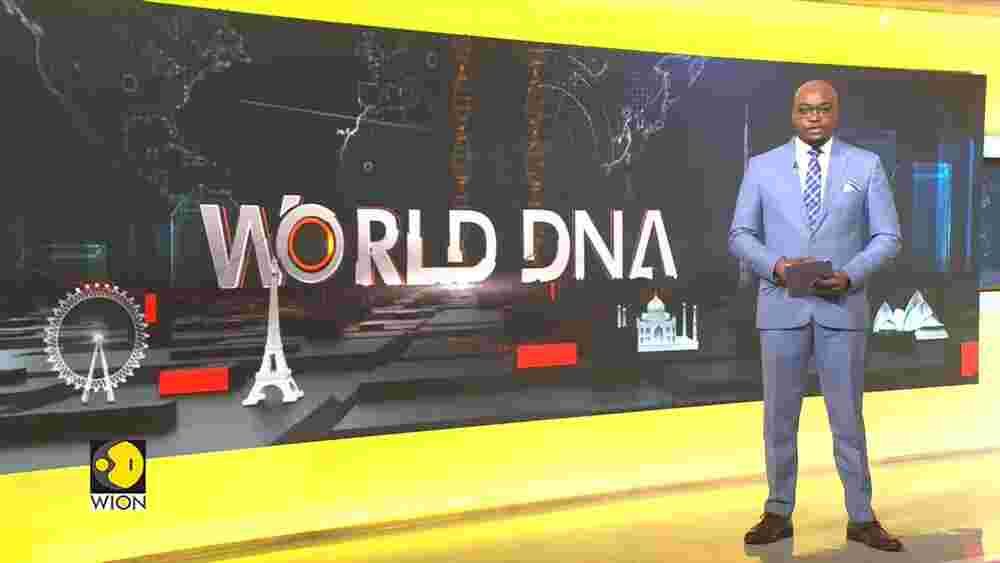Jun 30, 2023
Decoding Nuclear Matter: A Two-Dimensional Solution Unveils Neutron Star Secrets
Posted by Paul Battista in categories: information science, mathematics, nuclear energy, particle physics, space
Scientists at Brookhaven National Laboratory have used two-dimensional condensed matter physics to understand the quark interactions in neutron stars, simplifying the study of these densest cosmic entities. This work helps to describe low-energy excitations in dense nuclear matter and could unveil new phenomena in extreme densities, propelling advancements in the study of neutron stars and comparisons with heavy-ion collisions.
Understanding the behavior of nuclear matter—including the quarks and gluons that make up the protons and neutrons of atomic nuclei—is extremely complicated. This is particularly true in our world, which is three dimensional. Mathematical techniques from condensed matter physics that consider interactions in just one spatial dimension (plus time) greatly simplify the challenge. Using this two-dimensional approach, scientists solved the complex equations that describe how low-energy excitations ripple through a system of dense nuclear matter. This work indicates that the center of neutron stars, where such dense nuclear matter exists in nature, may be described by an unexpected form.



 The greatest hazard for humans on deep-space exploration missions is radiation. To protect astronauts venturing out beyond Earth’s protective magnetosphere and sustain a permanent presence on Moon and/or Mars, advanced passive radiation protection is highly sought after. Due to the complex nature of space radiation, there is likely no one-size-fits-all solution to this problem, which is further aggravated by up-mass restrictions. In search of innovative radiation-shields, biotechnology holds unique advantages such as suitability for in-situ resource utilization (ISRU), self-regeneration, and adaptability. Certain fungi thrive in high-radiation environments on Earth, such as the contamination radius of the Chernobyl Nuclear Power Plant. Analogous to photosynthesis, these organisms appear to perform radiosynthesis, using pigments known as melanin to convert gamma-radiation into chemical energy. It is hypothesized that these organisms can be employed as a radiation shield to protect other lifeforms. Here, growth of Cladosporium sphaerospermum and its capability to attenuate ionizing radiation, was studied aboard the International Space Station (ISS) over a time of 30 days, as an analog to habitation on the surface of Mars. At full maturity, radiation beneath a ≈ 1.7 mm thick lawn of the melanized radiotrophic fungus (180° protection radius) was 2.17±0.35% lower as compared to the negative control. Estimations based on linear attenuation coefficients indicated that a ~ 21 cm thick layer of this fungus could largely negate the annual dose-equivalent of the radiation environment on the surface of Mars, whereas only ~ 9 cm would be required with an equimolar mixture of melanin and Martian regolith. Compatible with ISRU, such composites are promising as a means to increase radiation shielding while reducing overall up-mass, as is compulsory for future Mars-missions.
The greatest hazard for humans on deep-space exploration missions is radiation. To protect astronauts venturing out beyond Earth’s protective magnetosphere and sustain a permanent presence on Moon and/or Mars, advanced passive radiation protection is highly sought after. Due to the complex nature of space radiation, there is likely no one-size-fits-all solution to this problem, which is further aggravated by up-mass restrictions. In search of innovative radiation-shields, biotechnology holds unique advantages such as suitability for in-situ resource utilization (ISRU), self-regeneration, and adaptability. Certain fungi thrive in high-radiation environments on Earth, such as the contamination radius of the Chernobyl Nuclear Power Plant. Analogous to photosynthesis, these organisms appear to perform radiosynthesis, using pigments known as melanin to convert gamma-radiation into chemical energy. It is hypothesized that these organisms can be employed as a radiation shield to protect other lifeforms. Here, growth of Cladosporium sphaerospermum and its capability to attenuate ionizing radiation, was studied aboard the International Space Station (ISS) over a time of 30 days, as an analog to habitation on the surface of Mars. At full maturity, radiation beneath a ≈ 1.7 mm thick lawn of the melanized radiotrophic fungus (180° protection radius) was 2.17±0.35% lower as compared to the negative control. Estimations based on linear attenuation coefficients indicated that a ~ 21 cm thick layer of this fungus could largely negate the annual dose-equivalent of the radiation environment on the surface of Mars, whereas only ~ 9 cm would be required with an equimolar mixture of melanin and Martian regolith. Compatible with ISRU, such composites are promising as a means to increase radiation shielding while reducing overall up-mass, as is compulsory for future Mars-missions.













